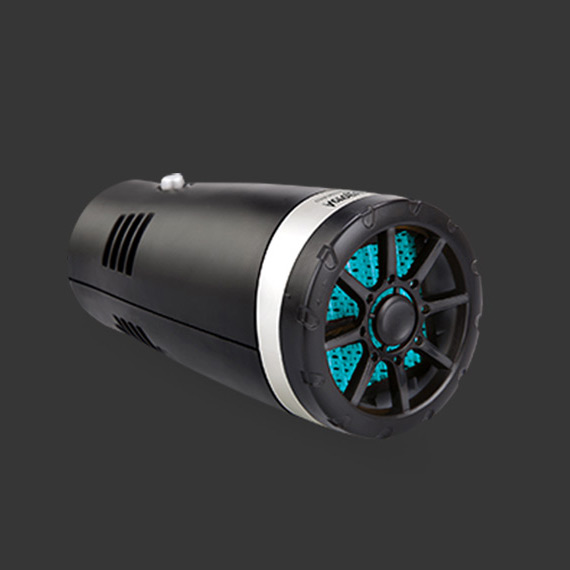hydraulic clutch hose
Understanding Hydraulic Clutch Hoses Importance and Maintenance
Hydraulic clutch hoses are integral components of a vehicle's transmission system, facilitating the smooth operation of the clutch mechanism. They are designed to carry hydraulic fluid from the master cylinder to the slave cylinder, enabling the engagement and disengagement of the clutch metal plates. In this article, we dive into the significance of hydraulic clutch hoses, their construction materials, signs of wear, maintenance tips, and troubleshooting common issues.
The Importance of Hydraulic Clutch Hoses
The function of the hydraulic clutch hose is critical for effective vehicle operation. When the driver depresses the clutch pedal, the master cylinder generates hydraulic pressure that travels through the hose to the slave cylinder. This movement allows the clutch to disengage, enabling smooth gear shifts. Without a properly functioning hydraulic clutch hose, the driver may experience difficulty in shifting gears, leading to a less responsive driving experience and potential transmission damage.
Construction Materials
Hydraulic clutch hoses are typically made from high-quality materials to withstand high pressure and harsh conditions within the engine compartment. Common materials include synthetic rubber and reinforced thermoplastics, both designed to resist wear, temperature extremes, and exposure to various automotive fluids. The outer layer often features a protective covering, such as nylon braiding, which enhances durability and reduces the risk of abrasion or damage from external sources.
Signs of Wear and Damage
Recognizing the signs of wear and potential failure in a hydraulic clutch hose is crucial for maintaining vehicle performance and safety. Some common indicators include
1. Leaking Fluid If you notice fluid pooling under your vehicle or around the clutch assembly, this may signify a crack or a rupture in the hose. Hydraulic fluid leaks can significantly impair clutch function.
2. Soft or Spongy Clutch Pedal A pedal that lacks resistance may indicate air in the system or a failing hydraulic hose. In a properly functioning system, the clutch pedal should feel solid when engaged.
hydraulic clutch hose

4. Visual Inspection Always perform visual checks on your hydraulic clutch hose. Look for signs of cracking, bulging, or any visible abrasions. Any structural compromise can lead to failure.
Maintenance Tips
To prolong the life of your hydraulic clutch hose and ensure optimal performance, consider the following maintenance tips
1. Regular Inspections Periodically inspect the hose for any signs of damage or wear. This should be part of your routine vehicle maintenance.
2. Check Fluid Levels Ensure that the hydraulic fluid is at the appropriate level. Low fluid can lead to increased wear on the hose and affect overall clutch performance.
3. Routine Fluid Replacement Over time, hydraulic fluid can degrade and accumulate moisture. Regularly replacing the fluid will not only enhance performance but also extend the lifespan of the clutch hose.
4. Avoid Extreme Conditions Sometimes, driving habits and conditions can lead to premature wear. Avoid aggressive driving, which can overheat the hydraulic system, and be cautious when driving in extreme weather conditions.
Troubleshooting Common Issues
If you encounter problems with your hydraulic clutch hose, immediate troubleshooting is essential. Start by checking for leaks and inspecting the hose for visual damage. If necessary, bleed the system to remove any trapped air. For persistent issues, consulting a professional mechanic will provide insights into whether a hose replacement is warranted.
Conclusion
Hydraulic clutch hoses are essential for the proper functioning of a vehicle's clutch system. Understanding their importance, signs of wear, and maintenance strategies can prevent avoidable issues and prolong the life of your vehicle's transmission. A proactive approach to inspection and maintenance will ensure that your vehicle continues to perform efficiently and safely on the road.
-
Workings of Clutch Pipe and Hose SystemsNewsJun.04,2025
-
The Inner Workings of Hand Brake Cable SystemsNewsJun.04,2025
-
The Secrets of Throttle and Accelerator CablesNewsJun.04,2025
-
The Hidden Lifeline of Your Transmission Gear Shift CablesNewsJun.04,2025
-
Demystifying Gear Cables and Shift LinkagesNewsJun.04,2025
-
Decoding Clutch Line Systems A Comprehensive GuideNewsJun.04,2025
